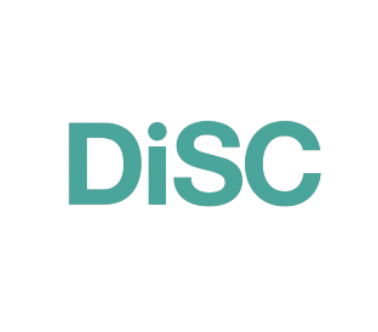DISC can be used to support a wide variety of HR and leadership strategies with recruitment being a great starting point. However, DiSC is so much more than a recruitment tool.
In this blog post we will look specifically at the four stages of recruitment and how DiSC is used to support this process as well as the potential pitfalls of each.
Shortlisting
It is a fact of life that, especially in times of economic hardship, job vacancies attract large numbers of potential candidates. However, producing a shortlist can be the biggest and most time-consuming task. Standard application forms and curricula vitæ rarely convey enough information to make a solid decision about a candidate’s suitability. This is where DISC can help.
Because DISC results can be produced from a paper questionnaire, it is possible to include such a questionnaire when emailing application forms or directing candidates to an application form on your website. The contents of these questionnaires allow a picture of the styles of applicants to be built up relatively quickly. These results can then be compared against a pre-defined ‘ideal’ profile for the job, expediting the shortlisting process.
Pre-interview Assessment
This is the point where most DISC users apply their systems – to profile and assess the candidate on their premises before an interview.
If a set of results has already been produced through the shortlisting process, it is not generally appropriate to profile the candidate a second time before interviewing them. This is because a second profile created within a few days of the first can affect the results.
Interviewing
The ultimate use of these DISC results is to aid the interviewer during the interview itself. It can do this in two ways.
First, the DISC interpretation of a candidate’s profile can bring to the surface potential difficulties that would never emerge during a normal interview. These problem areas can be probed by the interviewer to assess their relevance with reference to the job in question. Almost all DISC systems can generate a list of disadvantages of this kind, but some of the more advanced, automated, systems are able to go one step further and generate a list of problem areas relative to a specific job.
Second, DISC can help to improve communication within the interview. This is a more subtle and less tangible benefit, but it can have a significant impact on the
progress of the discussion. By making themselves aware of an interviewee’s motivating factors, the skilful interviewer can encourage them to reveal information, and help to relieve the understandable pressure of an interview situation and so ease communication.
Rejection
A little-used approach, but one that is growing in popularity, is the application of DISC to ease rejection of unsuitable candidates. Some organisations now include a DISC report with rejection letters, giving the candidate a clear idea of the reasons for their rejection, and also offering them some guidance in the further development of their career.
This positive approach can not only help relieve the disappointment of unsuitable candidates, but also improve the general perception of the organisation.
To arrange a DiSC Profiling or for further information about DiSC, please contact us.


 Our Top Tips for Running Great Online Meetings
Our Top Tips for Running Great Online Meetings











